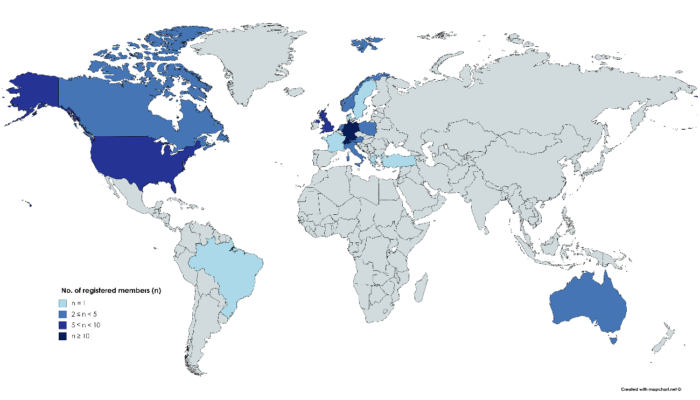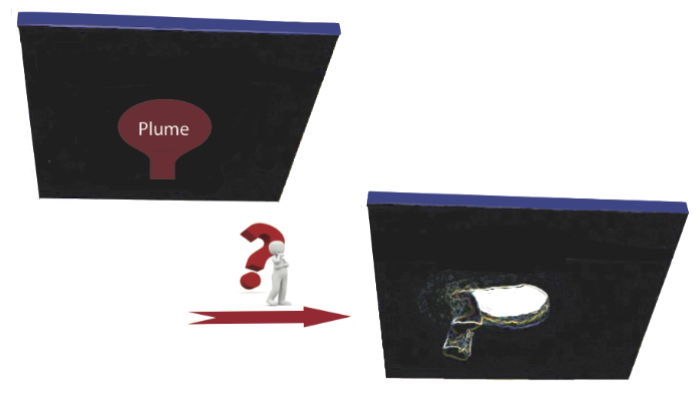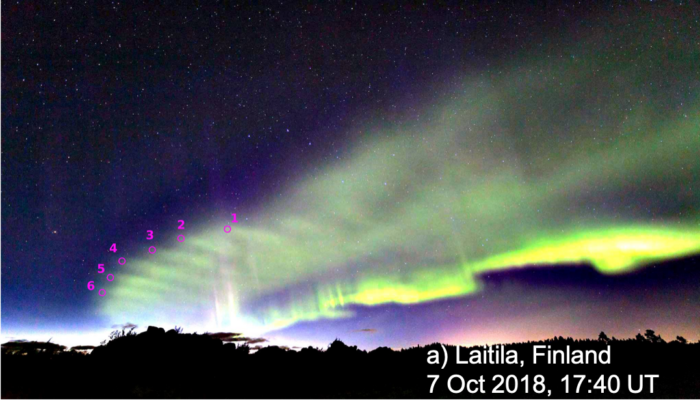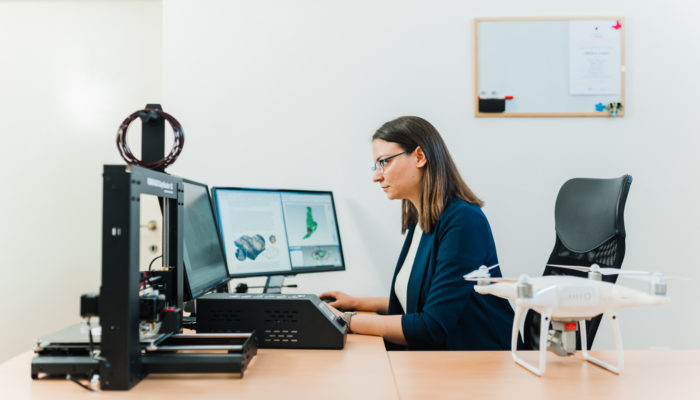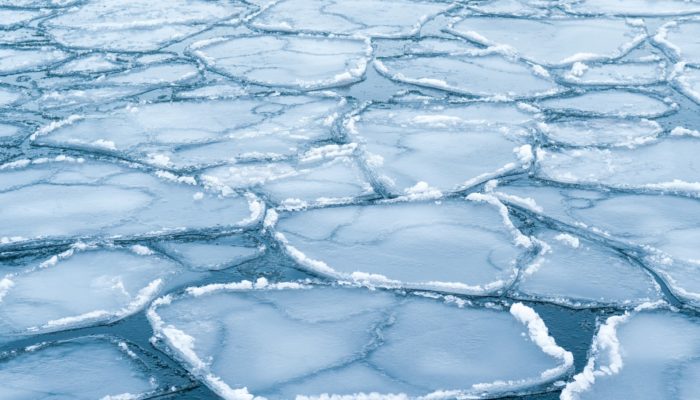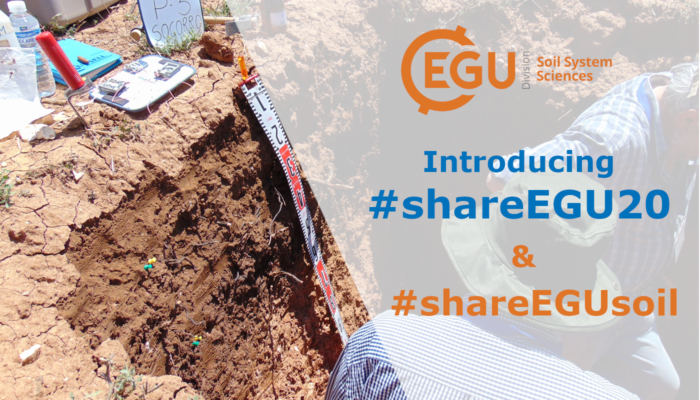Tokío’s contract is about to expire. Confident she would convince someone to hire her through expert presentations, astute questions, insightful discussions and uncanny charm, she now frets: I was counting on networking at the EGU GA to find a new job, but now I can’t. What can I do? Dear Tokío, I’ve got a bad feeling about this. Don’t trap yourself in a panicking fit just ...[Read More]
Climate: Past, Present & Future
Hurricane COVID-19: What can COVID-19 tell us about tackling climate change?
Note by the editors: In the unique period our world is currently facing, we have decided to open our blog to hear the voices of our young climate scientists from around the globe. This is an opinion piece provided by two early career climatologists from Argentina and the Netherlands. I just arrived at home with a bunch of groceries from the supermarket after encountering some very empty shelves. I ...[Read More]
Hydrological Sciences
WomenInHydrology – a new initiative to connect female hydrologists worldwide
Geographical location of the WomenInHydrology members by their workplace, stand: 31.03.2020 What is WomenInHydrology about? WomenInHydrology is a Google Group mailing list created to encourage and foster the active participation of female hydrologists in the hydrological community. While the information content is not intended to be only women-oriented, the mailing list is dedicated specifically t ...[Read More]
Geodynamics
Can plume-lithosphere interaction initiate a modern subduction zone?
This week in News & Views, dr. Marzieh Baes from GFZ Potsdam introduces us to the mechanisms behind subduction initiation. Moreover, she discusses the different types of subduction initiation in reaction to plume-lithosphere interaction that she observed in her recent 3-d numerical modelling study. Possible scenarios of subduction initiation According to plate tectonics, oceanic plates are for ...[Read More]
Solar-Terrestrial Sciences
New auroral dunes discovered through citizen science
The region of the Earth’s atmosphere lying at altitudes between about 80 and 120 km, corresponding to the mesosphere–lower thermosphere–ionosphere (MLTI), is often referred to as the “ignorosphere”, because its observation is so challenging that only a handful of measurements of its composition, temperature and other physical parameters have been obtained over the last few decades. It is, however, ...[Read More]
Seismology
Representing the Possible: Dragana Ðurić
Hello Dragana, what is your story? My name is Dragana Đurić and I am a Ph.D. in Geophysics and Assistant professor at the University of Belgrade, Faculty of Mining and Geology, Department of Geophysics. My journey within the geophysics started in 2004 when I enrolled in my undergraduate studies. To be honest, geophysics wasn’t my first choice, but after I had finished the first year, I had ...[Read More]
Tectonics and Structural Geology
Beyond Tectonics: Building fictional worlds to better understand our own
In this edition of “Beyond Tectonics” Ben Blackledge and Hannah Davies talk about worldbuilding and how it can be applied to the discipline of tectonics and tides. Ben Blackledge recently completed his MSc in Bangor and will soon be beginning a PhD in Bristol University. Let’s begin with a question. Are the tides always the same on every planet? Because of the force of gravity, ...[Read More]
Cryospheric Sciences
Did you know… the difference between sea-ice area and sea-ice extent?
At the beginning of March, just over a month ago, sea ice in the Arctic reached its annual maximum extent. As currently all media attention is focused on other news, you might have missed that, once again, this maximum fell below the 1981 to 2010 average maximum extent. When reading headlines about such sea-ice facts, you may have been confused by the seemingly interchangeable use of “sea-ice exte ...[Read More]
Geodynamics
The Sassy Scientist – Sharing Secrets
During the umpteenth conference call this week, it is finally time for Carrie to share her screen. So, naturally, she asks: Where is the share screen button? Dear Carrie, I am not sure how to break this to you. Indeed, I am not sure if I should be the person telling you this. However, since you ask, I feel obliged to divulge this secret to you. Just promise me you will not tell anyone. Okay? Do I ...[Read More]
Soil System Sciences
Trying out the virtual #EGU20 (spoiler: we made it, so should you!)
Firstly, we hope that all of you, as well as your relatives, are staying healthy and safe at home. COVID-19 has spread around the planet, sending billions of people into lockdown. We are sure that we can overcome this crisis by supporting each other and making our best with our individual actions. As you have probably noticed, the physical EGU General Assembly 2020 has been officially cancelled. D ...[Read More]



